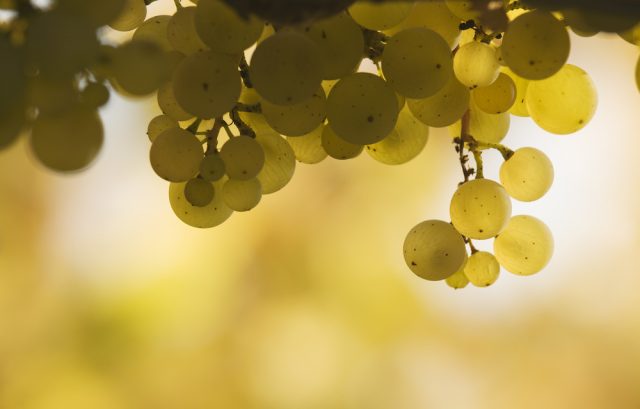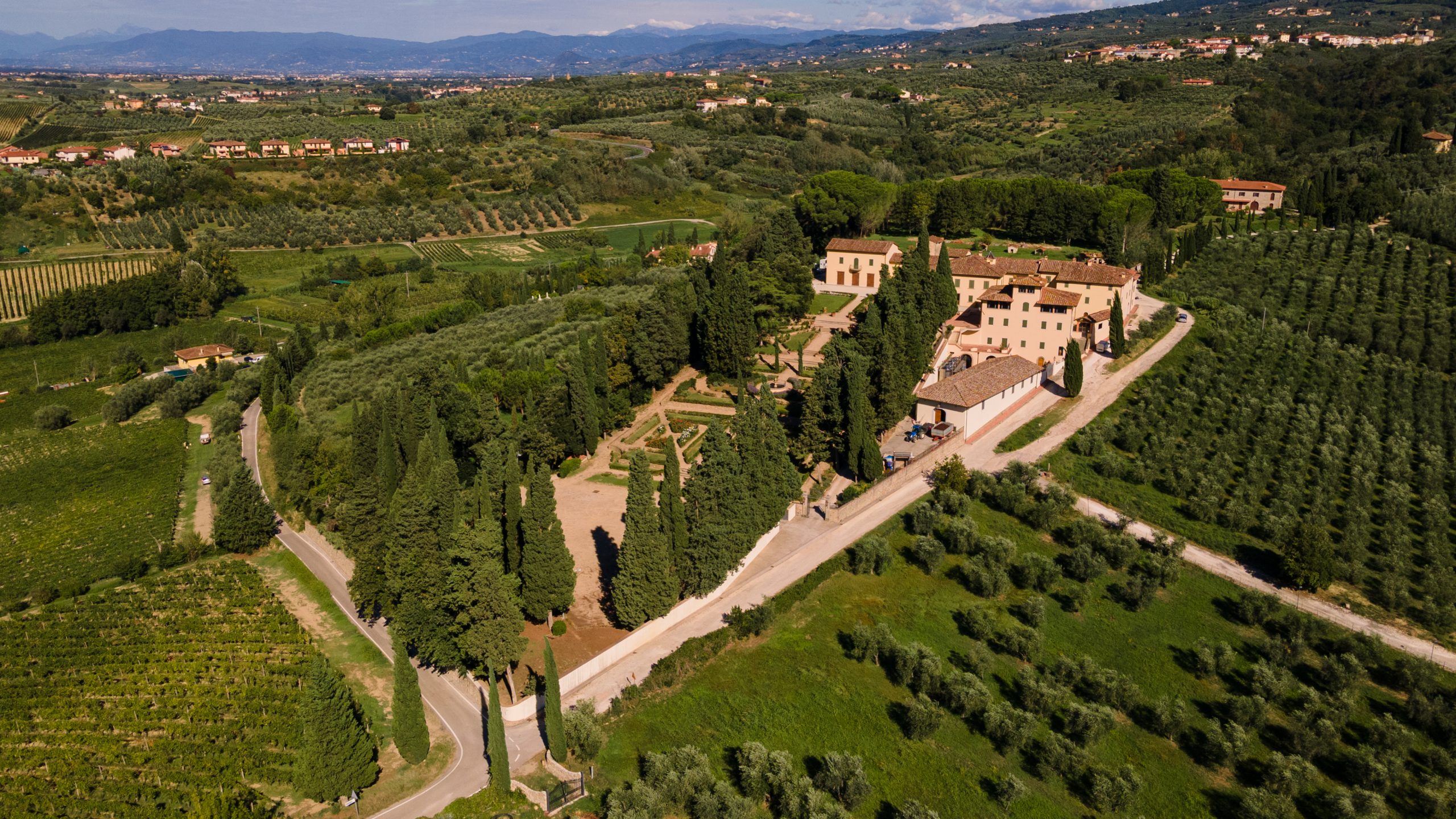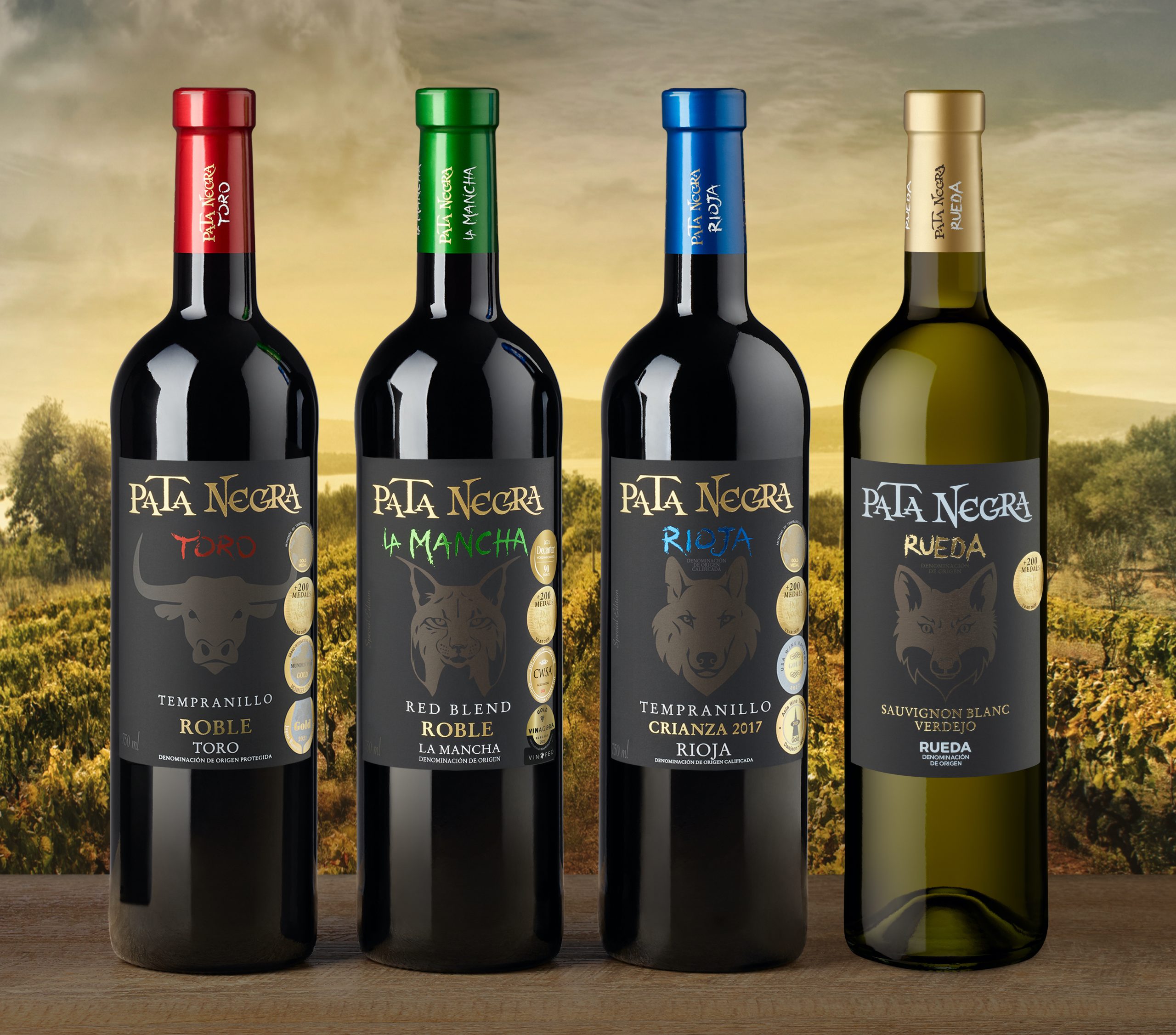The changing tide of Napa grapes
By Kathleen WillcoxRiesling and Cabernet Franc garner highest prices in Napa. What does that mean? Napa’s old guard—Cabernet Sauvignon and Chardonnay—still rule. But for how long? Kathleen Willcox reports.

Cabernet Sauvignon and Chardonnay have been (fiscally) dethroned by Cabernet Franc and Riesling in Napa. Are these grapes usurpers or are they the just heirs to one of the smallest but most powerful wine regions in the world?
Wine production in the Napa Valley, representing just 0.4 percent of the world’s wine production (and about 4 percent of California’s) has a $33.5 billion economic impact annually in the U.S. alone, according to the latest numbers from Stonebridge Research and Napa Valley Vintners.
For decades, thanks in part to the stunning victory of Stag’s Leap Wine Cellars’ SLV Estate Cabernet Sauvignon and Chateau Montelena’s Chardonnay at the 1976 Judgement of Paris, those grapes reigned supreme in Napa, garnering the highest prices by ton at crush, and the highest prices by bottle. They are still the most planted grapes, with 25,474 and 5,823 acres under vine for Cabernet Sauvignon and Chardonnay, respectively.
But this year, when grape growers earned a record-breaking US$1.2 billion (up 35% year-over-year) according to annual crop report published by Napa County’s department of agriculture, the highest prices per ton were for Cabernet Franc and Riesling, which grabbed US$10,633 and US$4,797 per ton respectively. The highest priced Cabernet Sauvignon and
Chardonnay, meanwhile, got US$9,235 and US$3,690 per ton respectively. Cabernet Franc’s acreage is not high, but it is slowly growing. Currently, there are 1,260 acres under vine; in 2013, there were 1,165 acres under vine, according the Napa County’s crop report. Not a huge increase, but anecdotally, growers and producers say more is going in. Riesling’s numbers are much lower—just 59 acres, and they’ve actually been in decline.
In 2013, there were 114 acres under vine. Again anecdotally, there are a handful of acres to be planted, but it would take decades of widespread, concerted effort on the parts of growers and vintners for Riesling to be even a whisper of a threat to Chardonnay.
Still. Will the sky-high prices for Cabernet Franc and Riesling continue, and eventually cause an considerable uptick in acreage? And what’s behind this reversal in fortunes—changes in taste, market shifts, the climate?
Cabernet Franc’s climactic strengths and weaknesses
Napa is renowned for its diverse range of soils and microclimates. While the Napa Valley is just 30 miles long and five miles across at its widest point, half of the world’s 12 recognised soil orders and 33 soil series exist there. Vineyards can be found at sea level, and up to 2,600 feet. There are 16 separate approved sub-appellations set within Napa.
That diversity means that some places will be ideal for growing Cabernet Franc, others, not so much.
“We study the soil at our estate to ensure all 40 acres are planted to the appropriate varieties,” says Adam Casto, head winemaker at Ehlers Estate Winery in St. Helena. “We currently have 7.5 acres planted to Cabernet Franc, with more to go in as we replant 6 just pulled out for disease.”
The land at Ehlers Estate currently planted to Cabernet Franc, and set to be planted to more is analogous to the terroir found in St. Emilion, and where many believe it reaches its apotheosis.
“We plant it in areas with a fair amount of riverstone, and while it’s not quite as gravelly as Pomerol, it’s impossible to not think of Cabernet Franc and Merlot here,” Casto says. “It’s also important to keep Cabernet Franc’s shorter phenolic maturity cycle in mind. With climate change and wildfires, it can be very helpful to have a grape that begins and finishes its growth cycle and finishes sooner.”
That shorter cycle “removes heat from the scenario, and it helps with changing rainfall patterns and the fire season.”
John Skupny, proprietor of Lang & Reed, which made nothing but Cabernet Franc from founding the Napa winery in 1996 to 2013, and still produces 80 percent Cabernet Franc, with the balance going into Chenin Blanc, sees the grape as a climate change warrior, but also notes that location and soil are essential for a premium expression.
“Cabernet Franc has a wider adaptability of climatic conditions where it will thrive and ripen compared to Cabernet Sauvignon,” Skupny says. “And like most great vinifera vines, Cabernet Franc likes well-drained rocky or alluvial soils.”
For now, Skupny says he gravitates toward cooler districts for the Napa bottlings, likes Soscol, at the very southeast end of the Valley where the Vaca Ranges spills out toward the estuary and the Oak Knoll District.
Jay James, master sommelier and president of Benchmark Wine Group, a leading source of rare and collectible wines for retailers, restaurants and individuals, has a mixed forecast for Cabernet Franc’s future in Napa—for many of the same reasons.
“Cabernet Franc is susceptible to fast, advanced ripening during late season heat-spikes,” James says. “This trait makes the vineyard location much more important as we experience higher temperatures from climate change. Cabernet Sauvignon is much more resistant to early ripening in this situation.”
Does Cabernet Franc work best with Cabernet Sauvignon?
Arguably the most tireless champion of the grape—Skupny was the first to produce a 100% clonal selection Cabernet Franc from the Loire’s 214 clone in California—sees the grape as often shining in blends, even as Lang & Reed’s output focuses on single varietal expressions.
“As part of the Bordeaux grape family, and we are partial to the Loire side of the family, Franc provides high aromatics, and it also provides lift in the backend with the high-toned fruit bringing up the darker fruits inherent in Cabernet Sauvignon,” Skupny notes. “It does not usually add to the intense Cabernet Sauvignon tannin load.”
That gift of uplift and complexity, without additional structure, ensures devotion to the grape from Josh Widaman, winemaker at Pine Ridge Vineyards in Stag’s Leap.
“We are getting more Cabernet Franc online—about five acres—by 2026,” Widaman notes.
Partner Content
“As someone who now has to buy the fruit at its current prices, it’s definitely something want to have more of in-house.”
Pine Ridge is primarily focuses on Bordeaux blends, and Widaman confesses that he is keen to make a Cabernet Franc-Merlot blend once the plantings in Carneros and Oakville are mature. He may grow the Cabernet Franc in the AVA series, which highlights classic Bordeaux grapes in single varietal expressions. The Cabernet Franc is always the first to sell out in the series, Widaman says.
Sullivan Rutherford Estate’s winemaker Jeff Cole says he bottles Cabernet Franc solo, and with other Bordeaux grapes, and is increasing estate plantings of the grape as they acquire additional parcels of land in Soda Canyon and St. Helena.
“As part of our vineyard development, we increased our holdings of Cabernet Franc,” Cole says. “It is versatile and it enhances our flagship J.O. Sullivan Founder’s Reserve Merlot.
Cabernet Franc offers a powerful, concentrated profile with a sense of restraint, providing a distinctive character both in blends and on its own,” Cole says.
Challenges for Cabernet Franc
That distinct profile inspired Cole to create a varietal bottling of Cabernet Franc in 2021. He also expects the prices to remain high.
“Its limited acreage in Napa, and the rising consumer demand for the grape make the prices unsurprising,” Cole says, adding that “scarcity drives premium pricing.”
Cabernet Sauvignon is also, he says, starting to feel old hat.
“Consumers and producers are seeking diversity,” Cole says. “The abundance of Cabernet Sauvignon can feel redundant, necessitating other offerings to maintain interest.”
But while Cabernet Franc is getting the top price at crush, and has the keen interest of producers and geeks, Benchmark’s James is not convinced single varietal bottlings Napa Cabernet Franc will ever compete with the old king.
“Cabernet Sauvignon has long been at the top of the charts for grape prices in Napa, and there are just a few locations in Napa that are exceptionally well-suited for growing Cabernet Franc, as the grape,” he says. “That drives scarcity and price of top-level Cabernet Franc fruit in Napa. It is of interest to well-versed collectors, but I do not believe there is a powerful demand to specifically collect Cabernet Franc.”
The price isn’t there either.
“We work with varietally labeled Cabernet Franc from about 30 producers in California,” James says. “Price points are significantly lower than Cabernet Franc from other regions known for growing it, especially right-bank Bordeaux.”
Future plantings and bottle prices?
Riesling, while outshining Chardonnay in prices, is planted so minimally in Napa, there is less to say about it. But for those who have taken a shine to it, its charms are self-evident.
Chris Kajani, president and winemaker at Bouchaine Vineyards has 1.3 acres devoted to Riesling, and wants more.
“We are looking at planting more in our next round,” she says. “It’s so delicious. Our Estate Riesling has been quickly selling out since we introduced it with the 2021 vintage. It’s so intriguing on the palate, and we find the interest spans both serious wine collectors and people newer to wine.”
The jury is out on the future of Cabernet Franc and Riesling in Napa, although it is safe to say that Cabernet Franc is probably leading Riesling in the race to unseat the old guard, from both a logistical and a palate preference standpoint.
Casto, for one, is betting on it.
“It’s very hard to convince growers to remove the highest grossing product for something that could be a fad,” Casto says. “But I think it’s becoming clear that has assaulted the conceit that Cabernet Sauvignon is king, and even the best we can do here.”
There is also, Casto points out, a significant cultural shift, and a changing climate that is now creating Cabernet Francs that resemble the Cabernet Sauvignons of Napa’s glory years.
“Because Cabernet Franc can mature completely here and we can reduce the pyrazine or green quality that some people dislike, we are actually ending up with wines that taste more like Cabernet Sauvignon used to taste like in the 1970s and 80s,” he says. “The nail is in the coffin now on what Napa Cabernet Sauvignon can be and is expected to be.”
The opportunity to create O.G. classic Napa wine—just with a different grape—is here. And it’s Cabernet Franc, in blends and on its own.
Related news
WWE legend goes viral after Napa wine tasting
Favourite kosher wine 'impossible to find' due to trade war
Piccolo power: why Henkell's small bottle has stood the test of time




